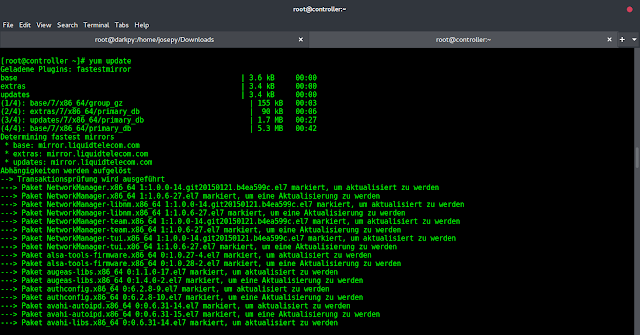There are certain testing guidelines that should be followed while testing the software:
- Development team should avoid testing the software: Testing should always be performed by the testing team. The developer team should never test the software themselves. This is because after spending several hours building the software, it might unconsciously become too proprietorial and that might prevent seeing any flaws in the system. The testers should have a destructive approach towards the product. Developers can perform unit testing and integration testing but software testing should be done by the testing team.
- Software can never be 100% bug-free: Testing can never prove the software to 100% bug-free. In other words, there is no way to prove that the software is free of errors even after making a number of test cases.
- Start as early as possible: Testing should always starts parallelly alongside the requirement analysis process. This is crucial in order to avoid the problem of defect migration. It is important to determine the test objects and scope as early as possible.
- Prioritize sections: If there are certain critical sections, then it should be ensured that these sections are tested with the highest priority and as early as possible.
- The time available is limited: Testing time for software is limited. It must be kept in mind that the time available for testing is not unlimited and that an effective test plan is very crucial before starting the process of testing. There should be some criteria to decide when to terminate the process of testing. This criterion needs to be decided beforehand. For instance, when the system is left with an acceptable level of risk or according to timelines or budget constraints.
- Testing must be done with unexpected and negative inputs: Testing should be done with correct data and test cases as well as with flawed test cases to make sure the system is leak proof. Test cases must be well documented to ensure future reuse for testing at later stages. This means that the test cases must be enlisted with proper definitions and descriptions of inputs passed and respective outputs expected. Testing should be done for functional as well as the non-functional requirements of the software product.
- Inspecting test results properly: Quantitative assessment of tests and their results must be done. The documentation should be referred to properly while validating the results of the test cases to ensure proper testing. Testing must be supported by automated tools and techniques as much as possible. Besides ensuring that the system does what all it is supposed to do, testers also need to ensure that the system does not perform operations which it isn’t supposed to do.
- Validating assumptions: The test cases should never be developed on the basis of assumptions or hypothesis. They must always be validated properly. For instance, assuming that the software product is free from any bugs while designing test cases may result in extremely weak test cases.
- Testing should improve software quality: The testing team should focus on the testing of application with the help of software requirement specification (SRS) and also take care about the improvement of software by focusing on performance, scalability and reliability of software.
- Software development models should be followed while testing: The testing team should follow software development models like waterfall model. While doing testing, The requirements phase should be included for effective testing.
- Use of user acceptance testing: The user acceptance testing is mainly used at the final stages of software development. User acceptance testing includes Regulation Acceptance Testing, Alpha and beta testing, Black Box Testing and Production Readiness Testing. This will helps in your software is production-ready.
Testing is an essential part of software engineering and is used to ensure that the software meets its requirements and is of high quality. Some general guidelines for testing in software engineering include:
- Define clear and measurable testing goals: Establish what needs to be tested and what constitutes a pass or fail for each test.
- Write comprehensive test cases: Develop a set of test cases that cover all possible scenarios, including edge cases and negative test cases.
- Create test data: Create test data that represents the expected and unexpected data that the software will encounter during normal operation.
- Automate testing: Automate as much of the testing as possible to increase efficiency and reduce human error.
- Use multiple testing techniques: Use a combination of different testing techniques such as unit testing, integration testing, system testing, and acceptance testing to provide a comprehensive test coverage.
- Use test-driven development: This is a method where the tests are written before the code, this approach helps in verifying that the code meets the requirement and also helps in refactoring the code.
- Document the testing process: Keep detailed records of the testing process, including test cases, test data, and test results. This can be helpful for debugging and maintaining the software.
- Continuously test and monitor: Continuously test and monitor the software during development and after release to ensure that it continues to function as expected.
- Involve the end-users: Get the end-users involved in testing to ensure that the software meets their needs and is easy to use.
- Use a testing framework: Use a testing framework to help organize and automate the testing process.




